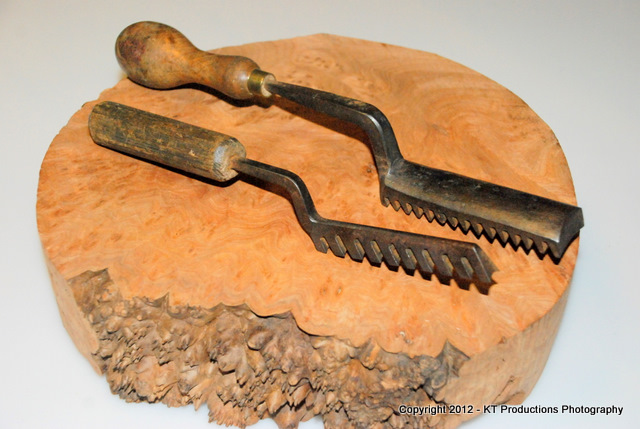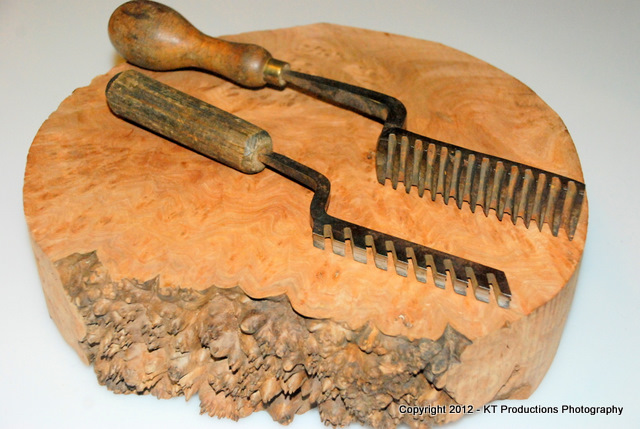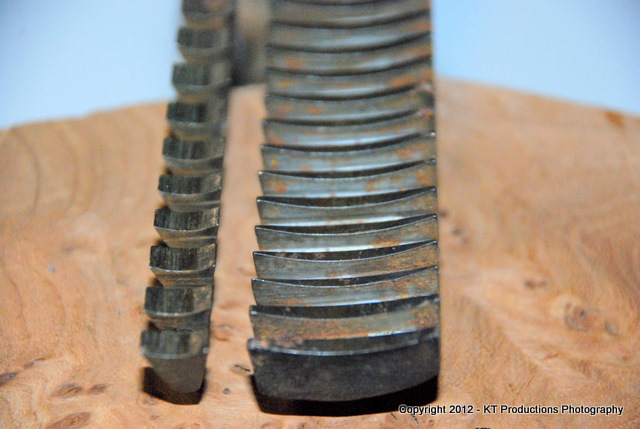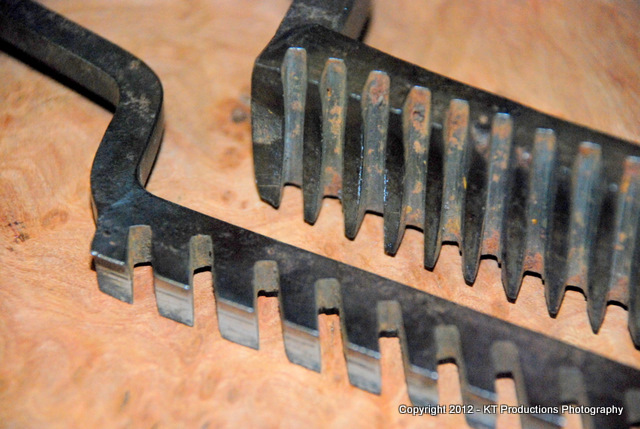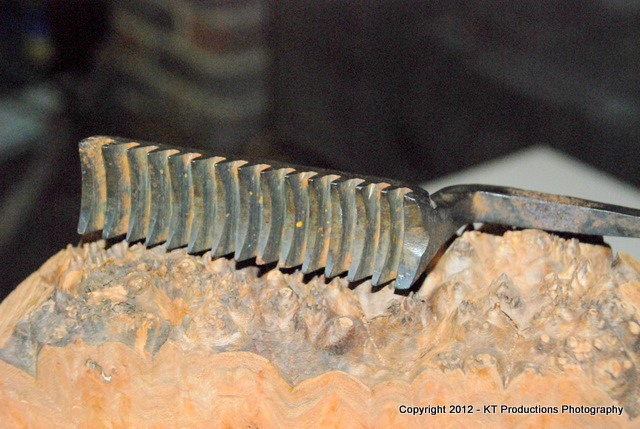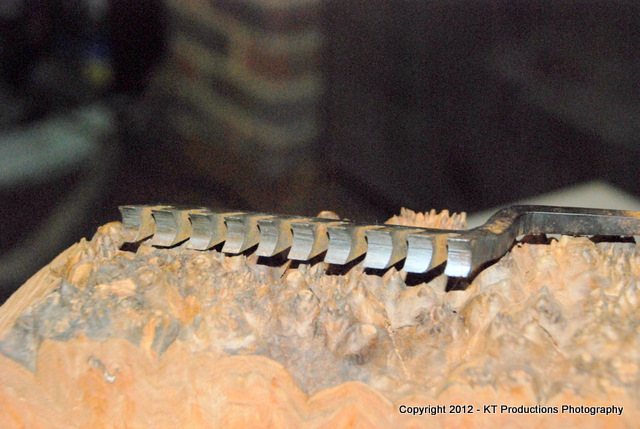Argus
Established Member
.
This item is listed on e bay today as a 'chisel' (?)
http://www.ebay.co.uk/itm/VERY-UNUSUAL- ... 3a6effa36f
It's an unusual thing, shaped a bit like a gunstock-maker's float, but with no discernable cutting edges.
What's it used for?
Leather working or book binding, perhaps?
There's some bidding on it already, any ideas?
.
This item is listed on e bay today as a 'chisel' (?)
http://www.ebay.co.uk/itm/VERY-UNUSUAL- ... 3a6effa36f
It's an unusual thing, shaped a bit like a gunstock-maker's float, but with no discernable cutting edges.
What's it used for?
Leather working or book binding, perhaps?
There's some bidding on it already, any ideas?
.




